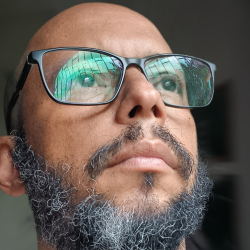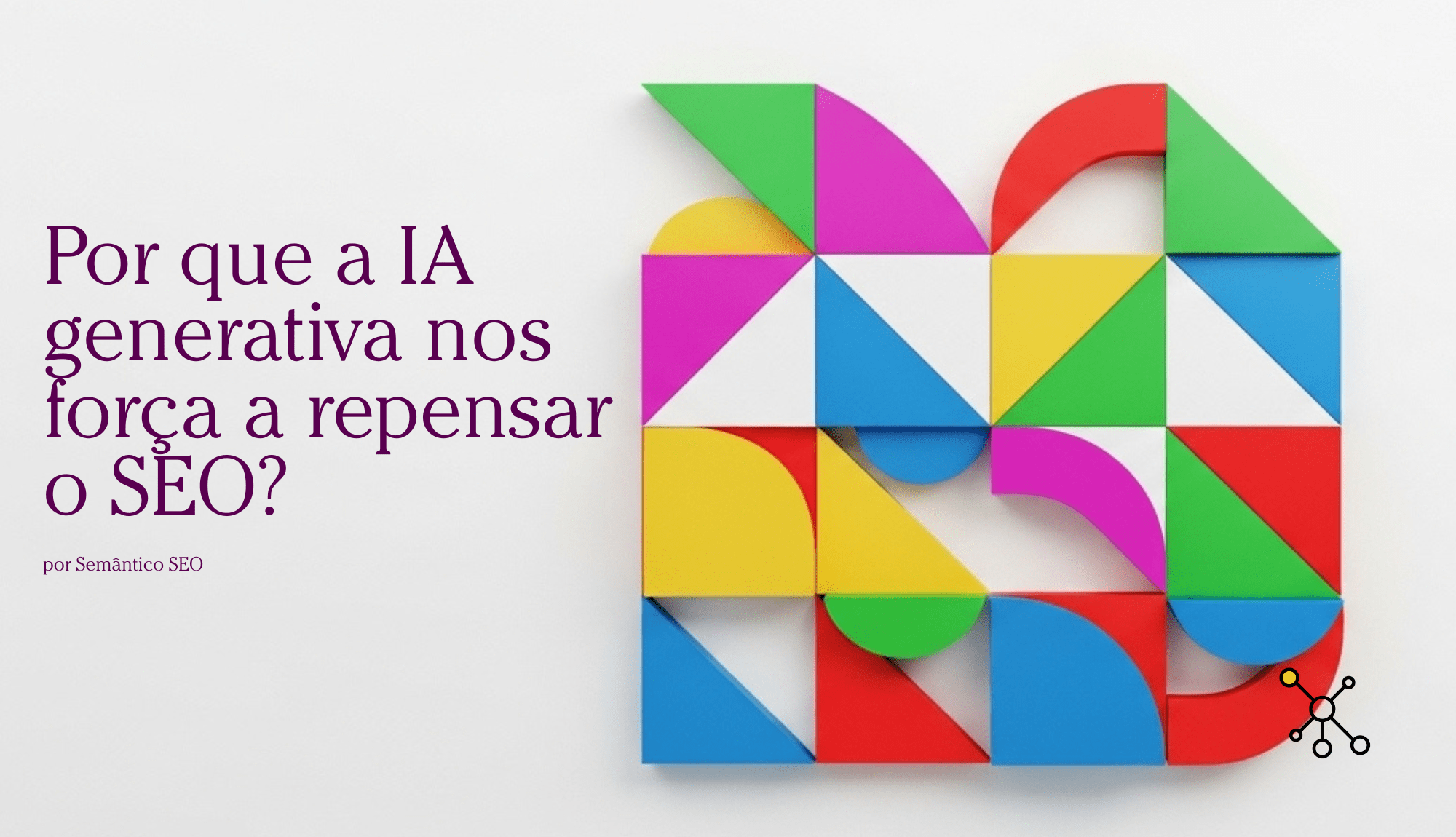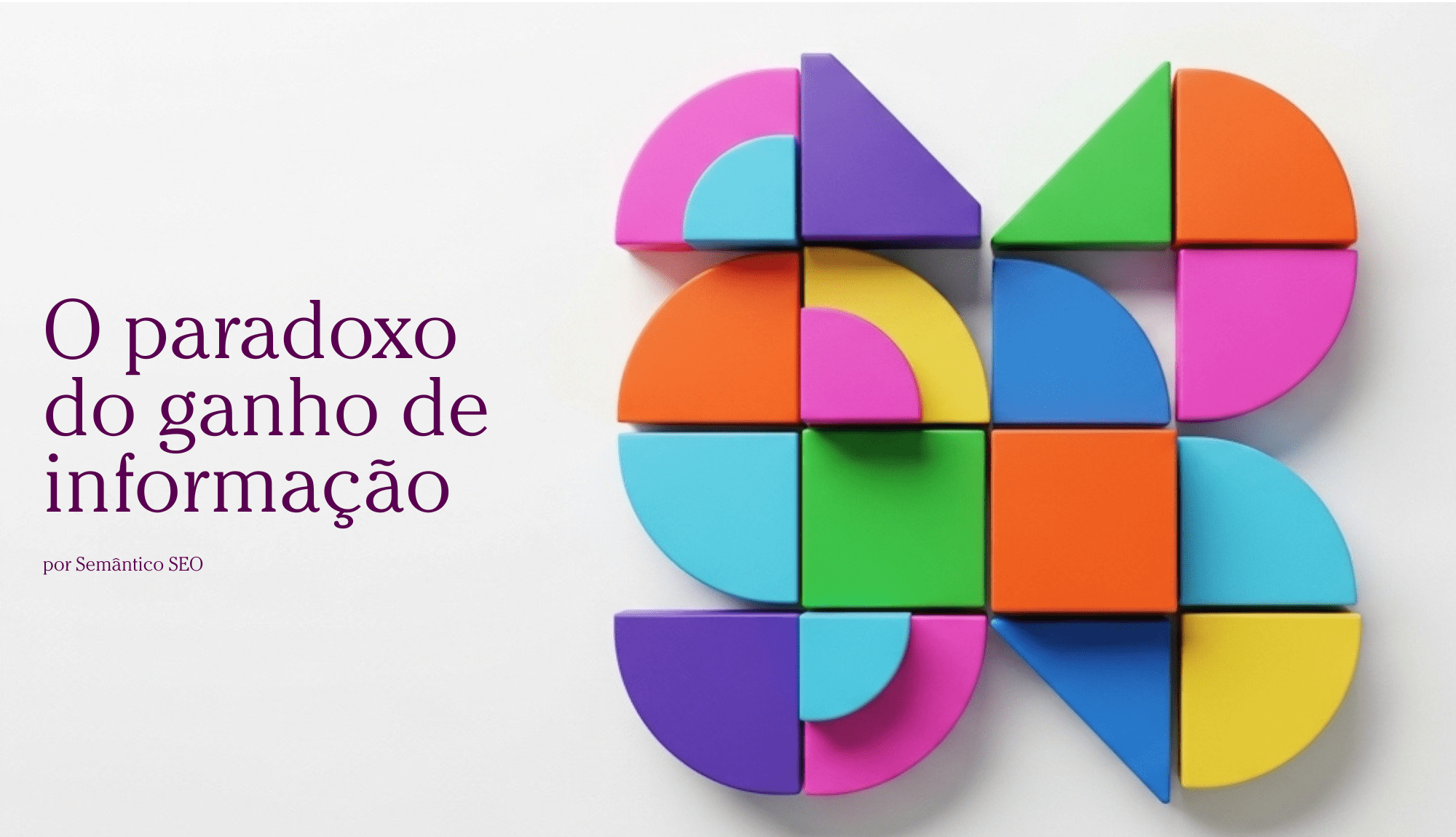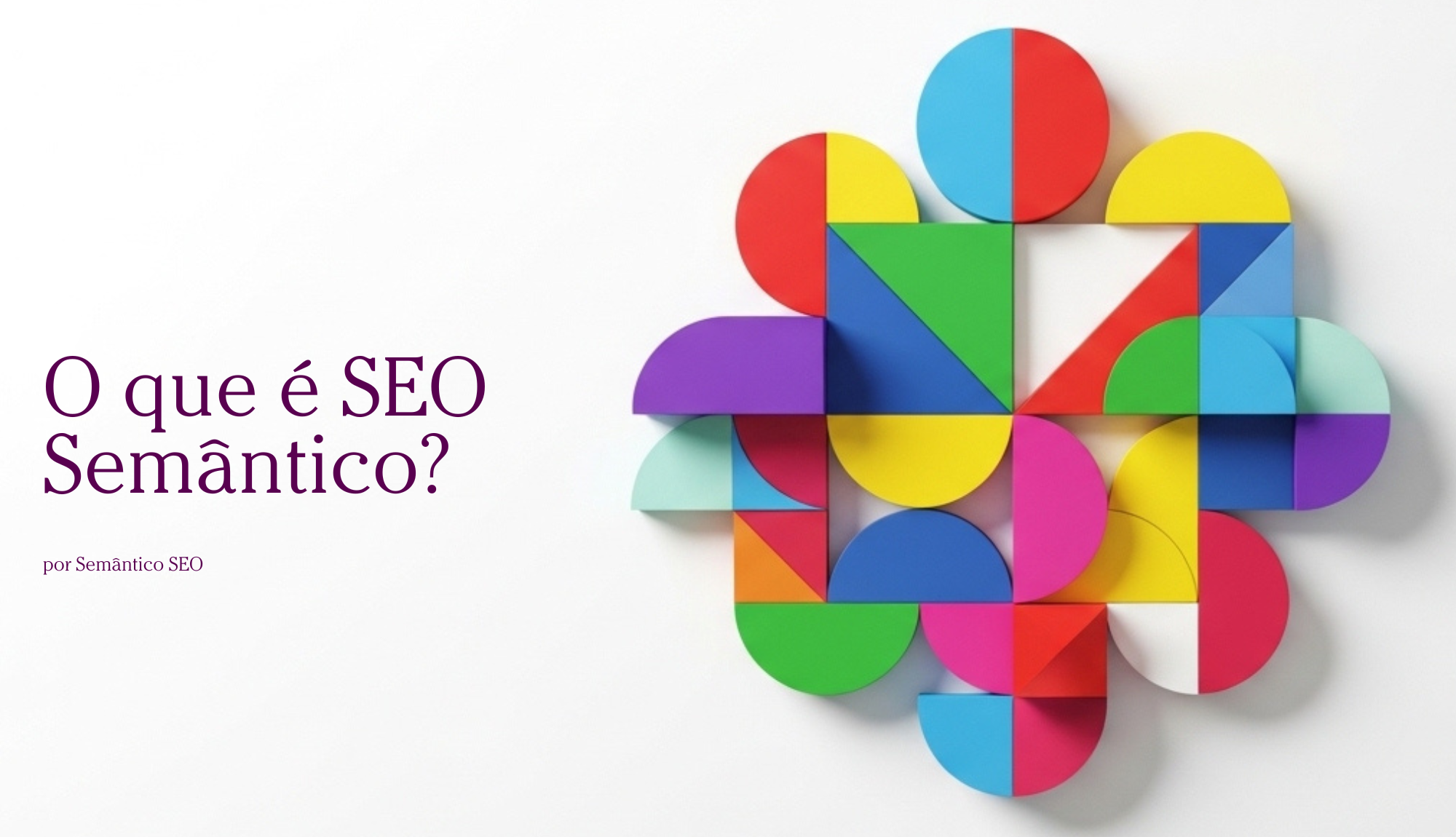How do we represent things?
This is another post based on some videos I recorded a while ago where I shared on YouTube and LinkedIn some questions I ask myself. In today's text, I ask myself, and share with you, the following question:
How do we represent the things that we name?
In one of my recent posts, I talked about how things are defined , remember?
Here I want to reflect on how we intrinsically know what something is.
Let's talk about the classic example of a chair.
How do we, as children, identify and name what a chair is? How do we, in different languages, agree among the groups we belong to that we should give the same name to something in the real world?

How do names exist in the world of ideas?
We represent the word chair, which comes from the "combination" that gives that object its name, in the way that in Portuguese: CADEIRA. This is an arbitrary representation, created perhaps to save on physical support where it would be written (paper, clay, wood), and uses the letters we created.
This representation could be a drawing, an icon, a figure, but for some reason we chose to represent it through signs that we call letters, in a certain combination, which we call words.
Another example is when we observe a car, for instance. I need to tell someone that I saw that car, and this person isn't there with me, so I need to represent that object. How do I represent it? How do I picture it in my mind, give it form? Because I need to represent, in words, what I saw to another person, and this representation has to achieve the goal of communicating effectively.
Is it good enough for someone who hasn't had contact with that object before?
My imaginary friend needs to understand what I'm explaining, creating a mental image of the car I'm talking about based on my description.
There are connections between naming things and representing them.
Is the word "chair," by itself, sufficient to represent the object I'm referring to (and that you're now imagining)? Is it adequately representative of an ideal chair, the one that lives in my mind, in yours?
What level of fidelity can we achieve through word-mediated representation when we need to depict a public figure or a work of art?
What level of fidelity can we have, for example, to represent a public figure?
Does a photograph represent a celebrity? What about a drawing, an illustration, or even a caricature, which doesn't have the same features but somehow makes us recognize the person?
Is this degree of representational fidelity based on the quality of the representation or on some other characteristic?
Information representation and retrieval: a matter of semantic SEO?
Representing things in the world, or entities Semantic SEO , might seem somewhat distant from our world. But it is through representation that we connect the things that are in our minds when we want to, for example, prepare an article.
Having a clear vision of what we are representing and, especially, how we are representing it, frees us from a problem that I often mention: ambiguity.
Being ambiguous when we want an algorithm to index and rank our content is asking for trouble. It's not easy for an automated system to understand the nuances of our language, and it's the role of everyone who works with SEO to help in this process.
This video is the result of my research and reading about semantic web , semantic SEO, ontologies , and taxonomies . I've been asking myself these questions for a long time, and now I'm starting to share them with you.





Post comment